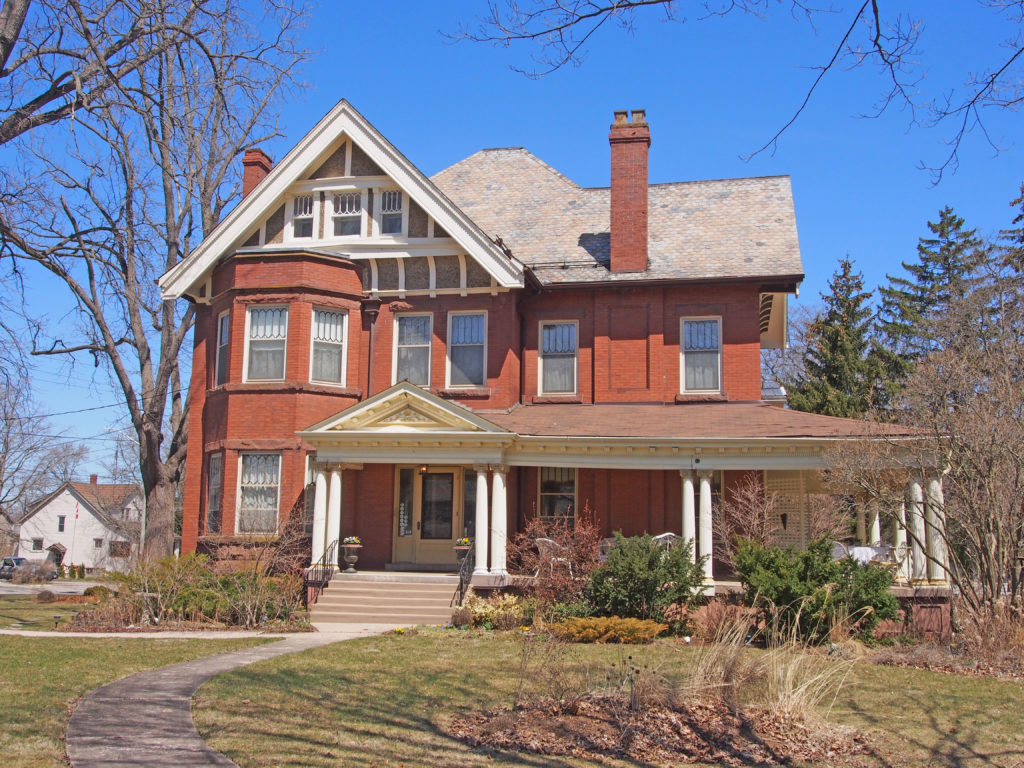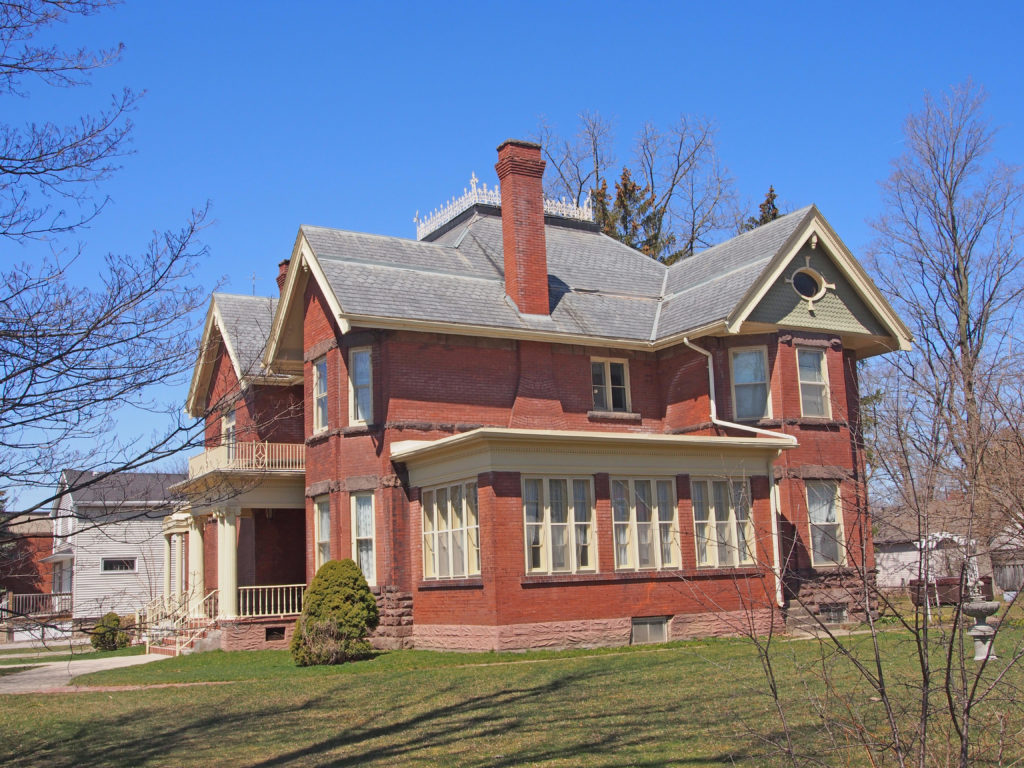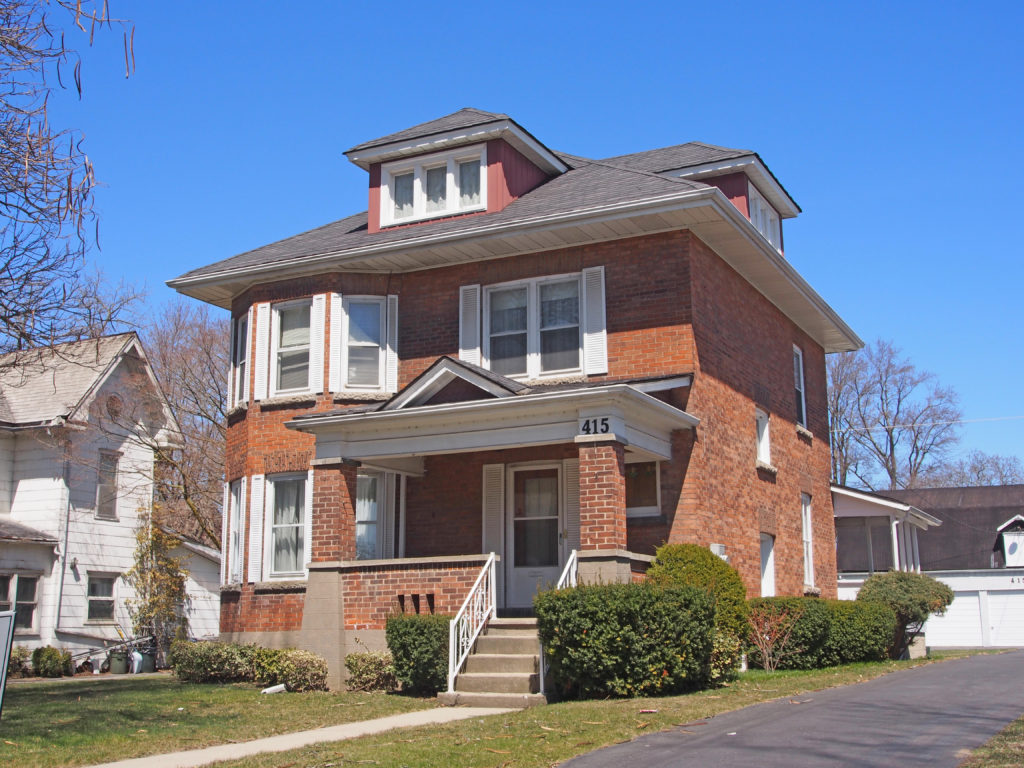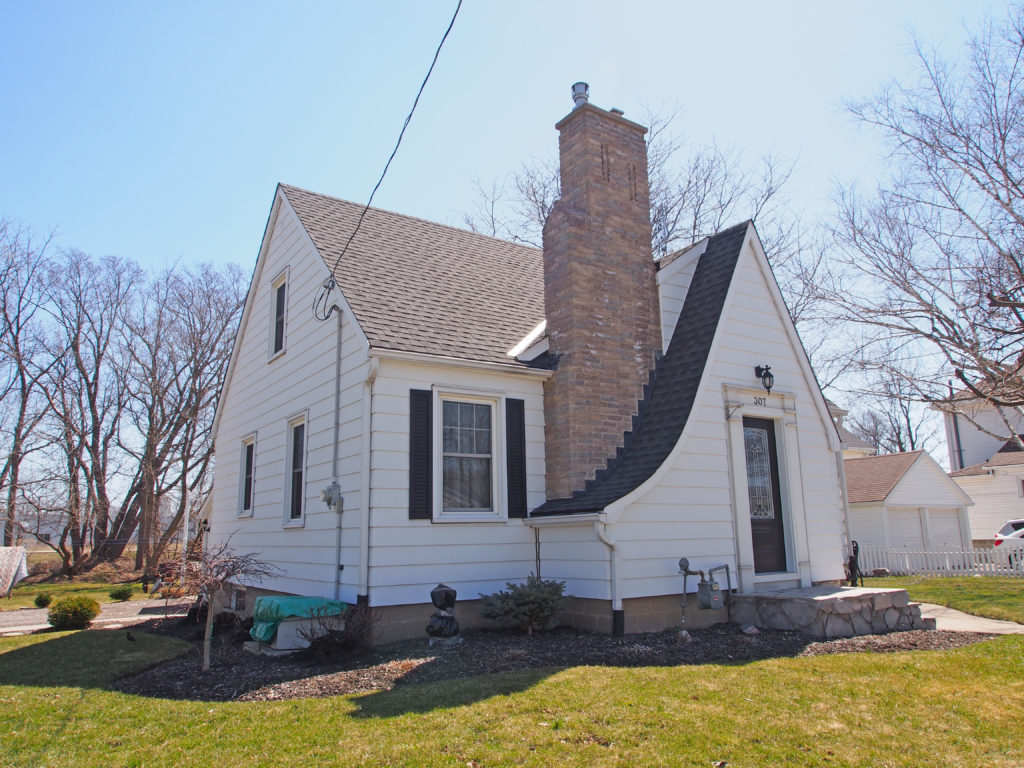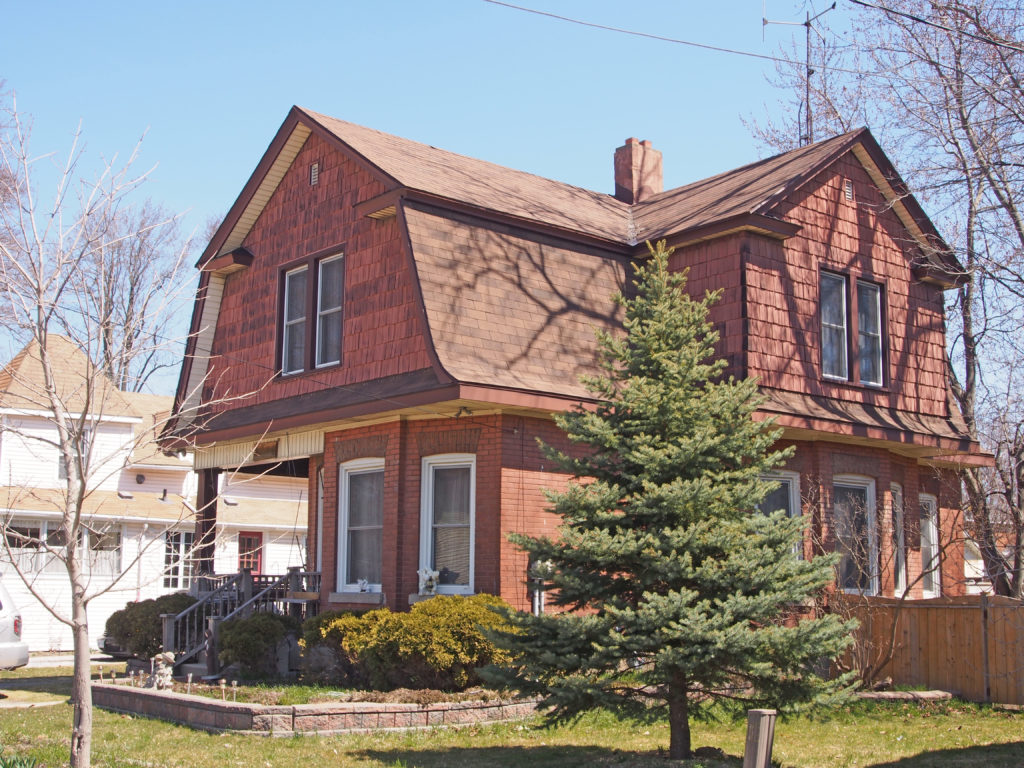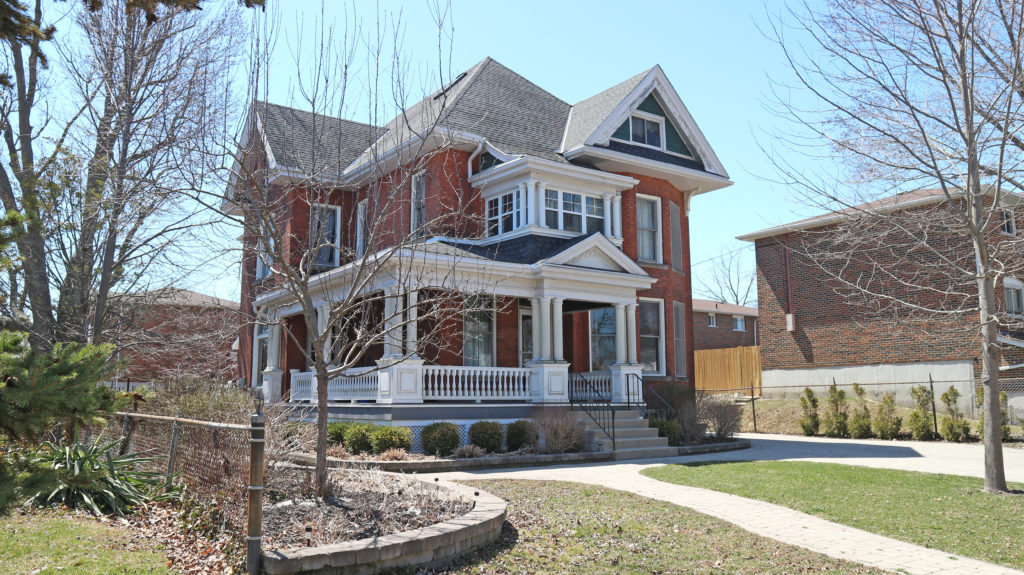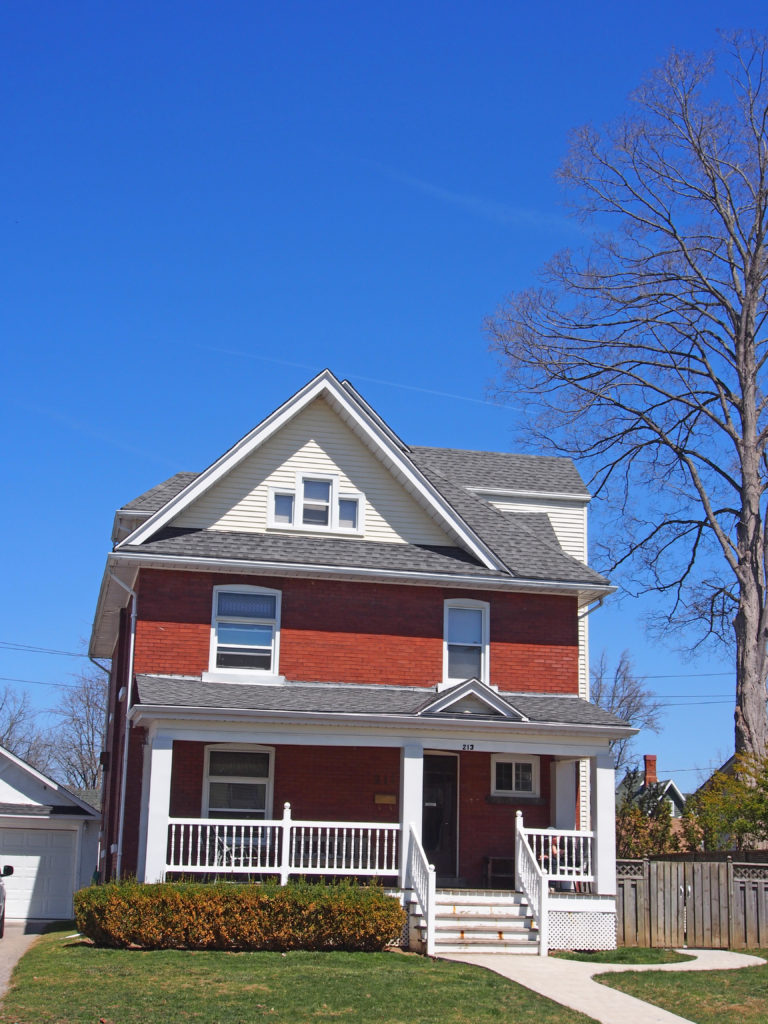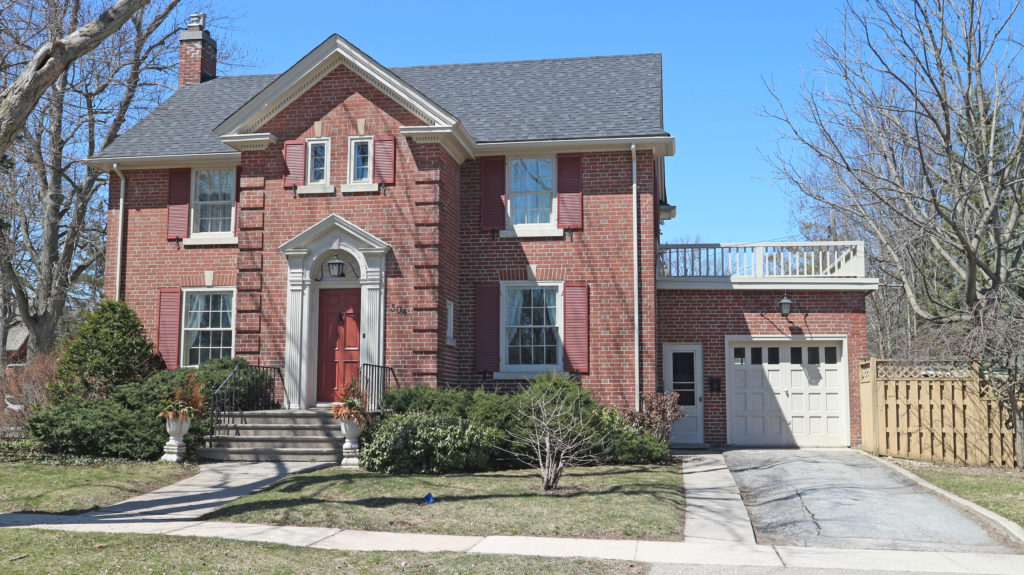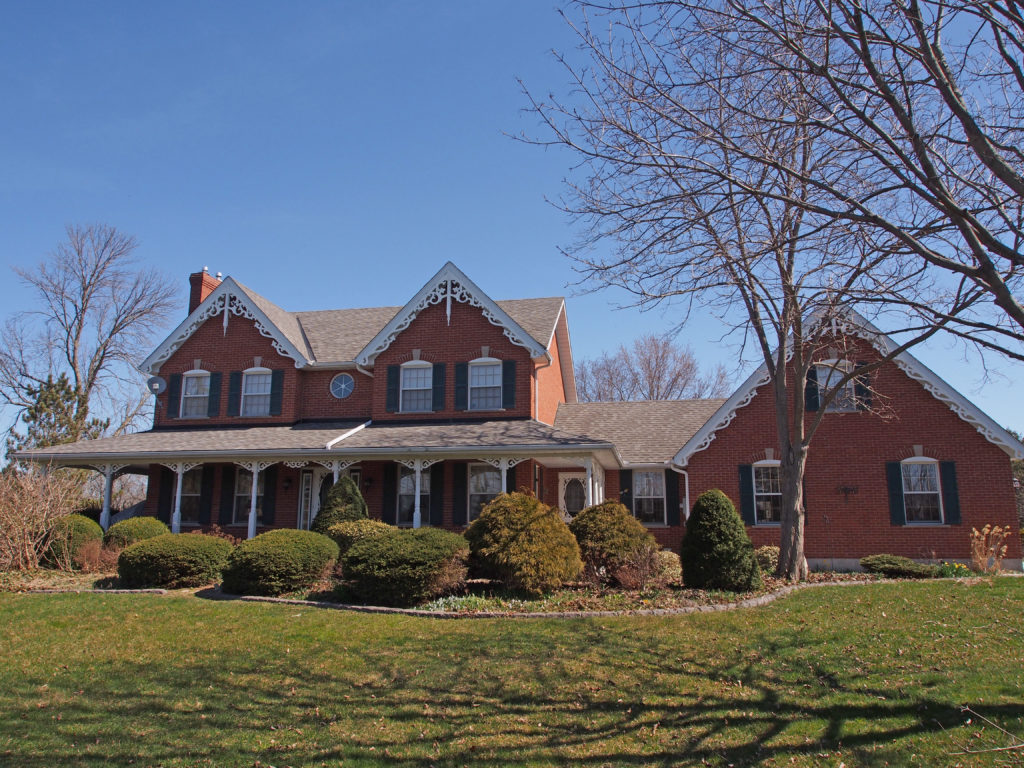Dunnville is a community near the mouth of Grand River in Haldimand County, and is only a few kilometers from Lake Erie. Dunnville was one of the early thriving centers of Upper Canada and Ontario. Following the American Revolution, a six-mile strip of land on both sides of the Grand River from its mouth to its sources was opened up to settlement by displaced members of the Six Nations Confederacy. The land was granted to the Iroquois tribes by the British to compensate the Confederacy for land lost in the United States during the revolution.
The British originally intended the land to remain in the hands of the Indians, but Mohawk Chief Joseph Brant wanted to open it up to settlement in order to create a source of revenue. Brant persuaded the Six Nations to surrender large blocks of land. Many of the early European arrivals were United Empire Loyalists.
By 1825, twenty-five people lived around Dunnville with a grist mill, a saw mill, and a distillery owned by Squire Anthony who was perhaps the first settler in the area. William Hamilton Merritt is called the Father of Canadian Transportation. With his vision and energy, the Feeder Canal connected Dunnville to the rest of the Welland Canal which flowed from Port Dalhousie on Lake Ontario to Welland. Large amounts of timber were shipped by scows from the Grand River to Buffalo and other markets for use as fuel for the new and growing railroads. The initial Dunnville Dam was finished in 1829, in time for the opening of the Welland Canal in November of that year. The project brought laborers to the area, creating a need for farm produce and housing. The damming of the river provided a reliable source of power which supported mills and businesses including a tannery and a cloth factory. Dunnville was also served by the Buffalo, Brantford and Goderich Railway and was an important port which warranted its own government customs office.
By 1907, Dunnville had four large textile mills. Textiles continued to fuel the town’s development for many years.
